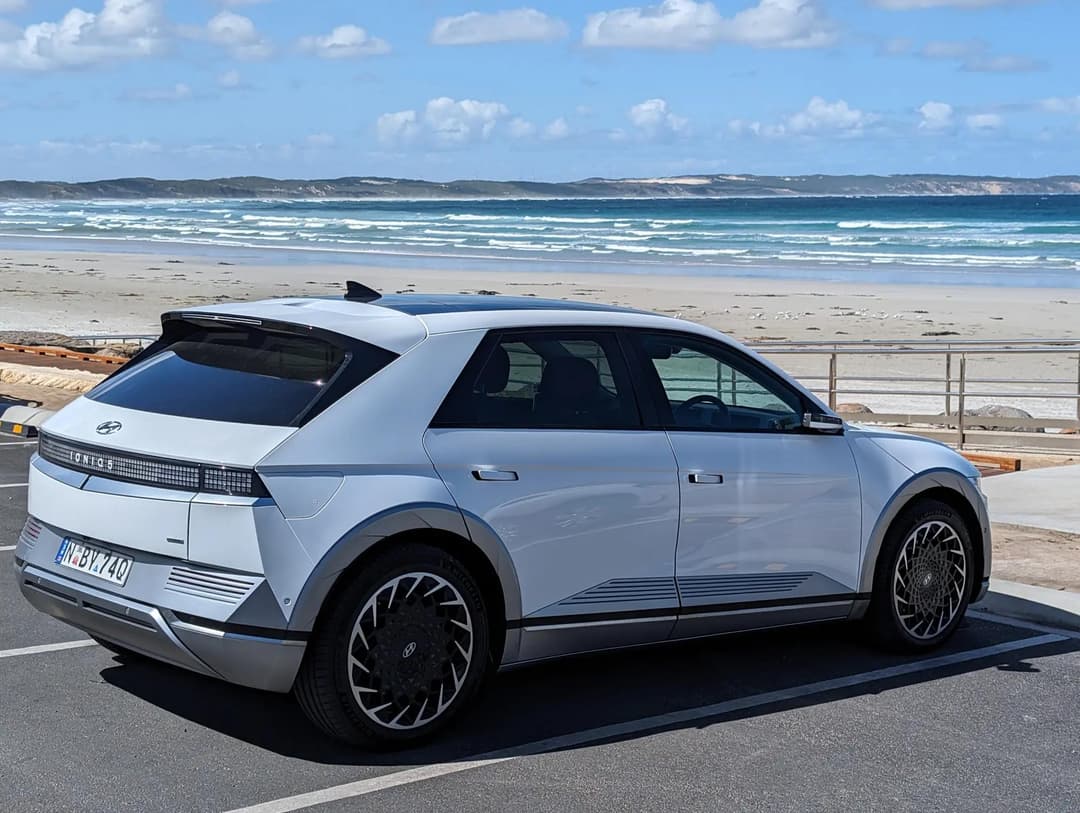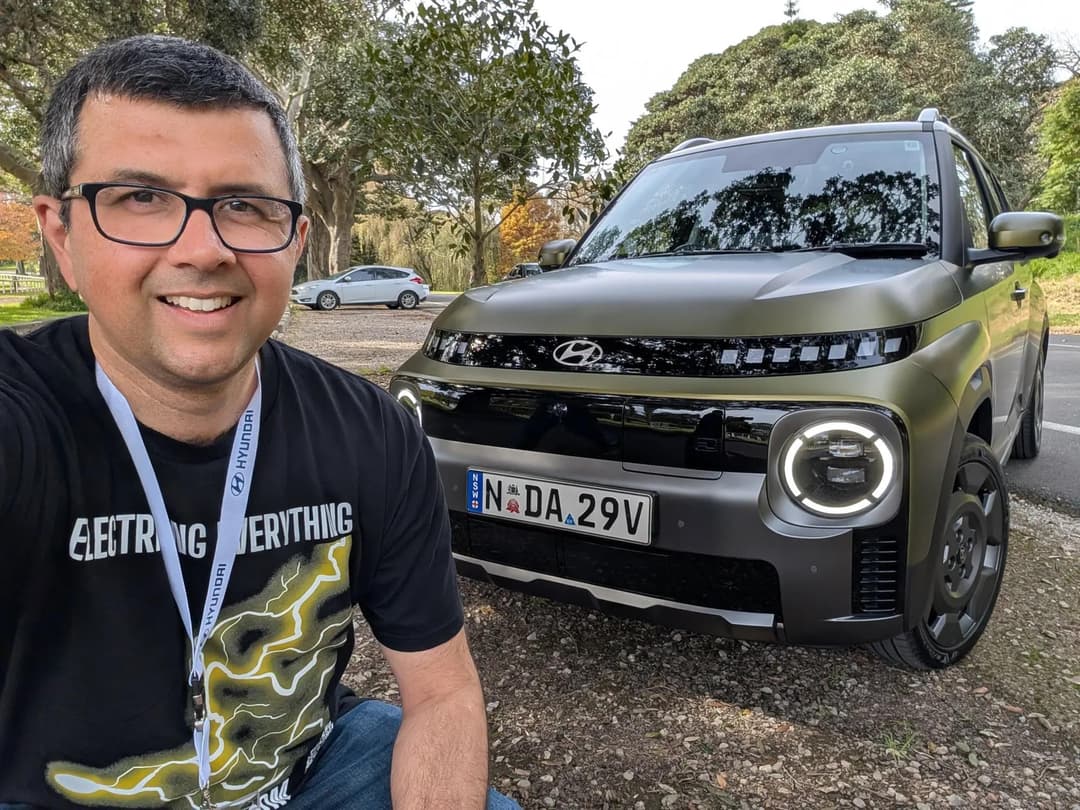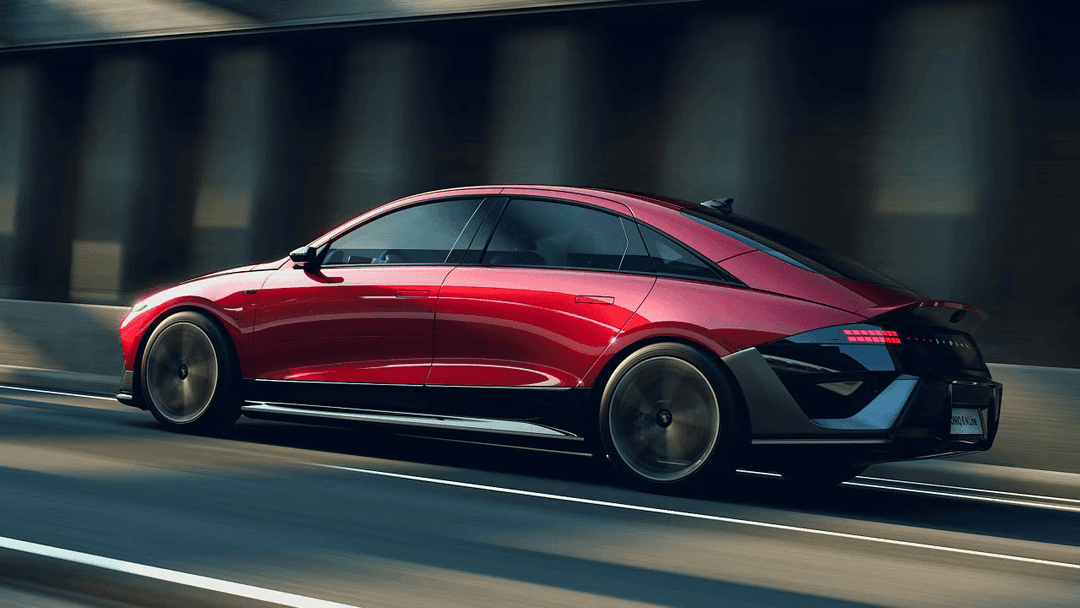Hyundai Motor Company Australia is adopting a cautious, research-driven strategy for vehicle-to-grid technology implementation, prioritising comprehensive testing over rapid market deployment.
A spokesperson told zecar reporter Neerav Bhatt:
"Confirming V2G is not available on any of our EV vehicles".
"HMCA will always look to introduce new technology into our EVs and we currently talking with potential Australian industry partners to trial the technology in Australia".
"Discussions are still in the early stages and we will have more to announce at a later date".

The manufacturer's methodical approach reflects industry best practices as V2G chargers prepare for widespread Australian certification.
The South Korean automotive giant's deliberate timeline contrasts with consumer enthusiasm for immediate V2G access, yet industry experts view the strategy as commercially prudent.
Vehicle-to-grid systems allow electric vehicles to export stored battery power back to homes or the electricity grid, potentially generating income during peak pricing periods.
However, the technology's impact on vehicle warranties and long-term battery performance requires careful analysis across Hyundai's extensive EV portfolio.
▶️MORE: Bidirectional (V2H and V2G) EV Chargers Guide (2025)
Strategic Testing Framework
Comprehensive Model Evaluation: Hyundai Australia faces the complex task of validating V2G compatibility across its broad electric vehicle range, including the Ioniq 5, Ioniq 6, Kona Electric, Inster and upcoming models.
Industry Partnership Development: The manufacturer is conducting early-stage discussions with potential Australian industry partners to establish controlled V2G trial programs that will inform future policy decisions.
Warranty Framework Development: Company engineers are evaluating how intensive battery cycling from V2G operations might affect existing warranty structures designed around conventional driving patterns.

Technical Validation Process
Hyundai's measured approach acknowledges the complexity of V2G integration across diverse vehicle platforms.
Each model features different battery chemistries, thermal management systems and charging protocols that could respond differently to bidirectional power flows.
The company's existing warranty framework provides five years vehicle coverage and eight years battery protection based on traditional usage patterns.
Developing appropriate coverage for V2G applications requires understanding how stationary energy cycling affects component longevity compared to conventional driving.
Recent Melbourne testing revealed model-specific behaviours, with the Ioniq 6 achieving flawless performance while the Kona exhibited protective shutdown sequences during certain operations.
These variations demonstrate why comprehensive evaluation across the entire model range remains essential before commercial endorsement.
Market Timing Considerations
Multiple V2G charging systems are progressing towards Australian certification.
This timing provides Hyundai with valuable opportunity to evaluate different charging platforms before committing to specific compatibility standards.
The manufacturer's deliberate approach allows thorough assessment of how various V2G systems interact with different vehicle models.
This comprehensive evaluation should ultimately result in more robust compatibility guarantees and clearer warranty coverage for consumers.
Industry observers note that premature V2G endorsement without adequate testing could expose both manufacturers and consumers to significant financial risks.

Consumer Protection Focus
Hyundai's current position effectively protects existing customers from potential warranty complications while V2G evaluation continues.
This conservative approach may disappoint enthusiastic early adopters but demonstrates responsible manufacturer stewardship of customer interests.
The company's extensive EV portfolio creates unique validation challenges compared to manufacturers with limited model ranges.
Testing requirements scale significantly when evaluating V2G compatibility across multiple battery technologies, charging systems and thermal management architectures.
Current warranty agreements were established before V2G technology became commercially viable in Australia.
Updating these frameworks requires careful consideration of how intensive battery cycling might affect long-term vehicle reliability and component performance.
Industry Leadership Through Caution
This measured timeline suggests Hyundai intends to announce comprehensive V2G support backed by thorough testing data rather than provisional approval requiring ongoing evaluation.
Such an approach should ultimately provide greater consumer confidence and clearer warranty protection.
The manufacturer's strategy reflects broader industry recognition that V2G technology requires careful integration rather than immediate deployment.
While consumer demand for energy arbitrage opportunities continues growing, responsible manufacturers prioritise long-term reliability over short-term market pressures.
For Australian Hyundai EV owners, the current waiting period represents prudent manufacturer stewardship rather than technological limitation.
The company's eventual V2G announcement should provide comprehensive coverage backed by extensive real-world validation data.
About the author

Neerav Bhatt has been a technology journalist and photographer for over 20 years appearing in online, print, radio and TV media. His current focus is on helping Australians switch to electric vehicles as well as making their home fully electric, sustainable and climate resilient. Youtube: www.youtube.com/@NeeravBhatt Web: neeravbhatt.com
Stay up to date with the latest EV news
- Get the latest news and update
- New EV model releases
- Get money savings-deal
